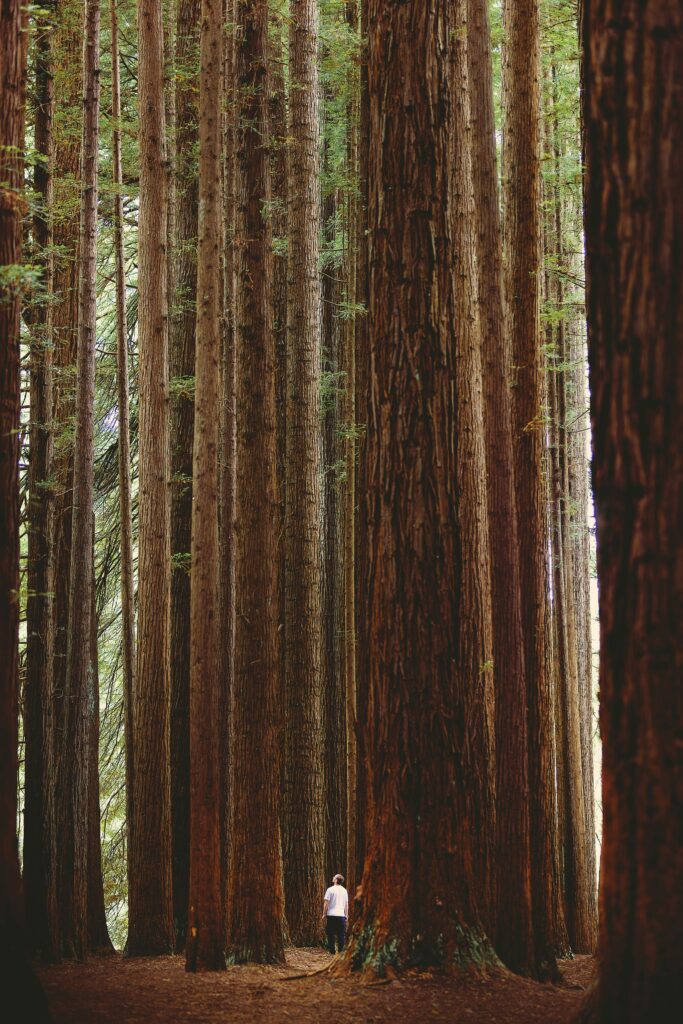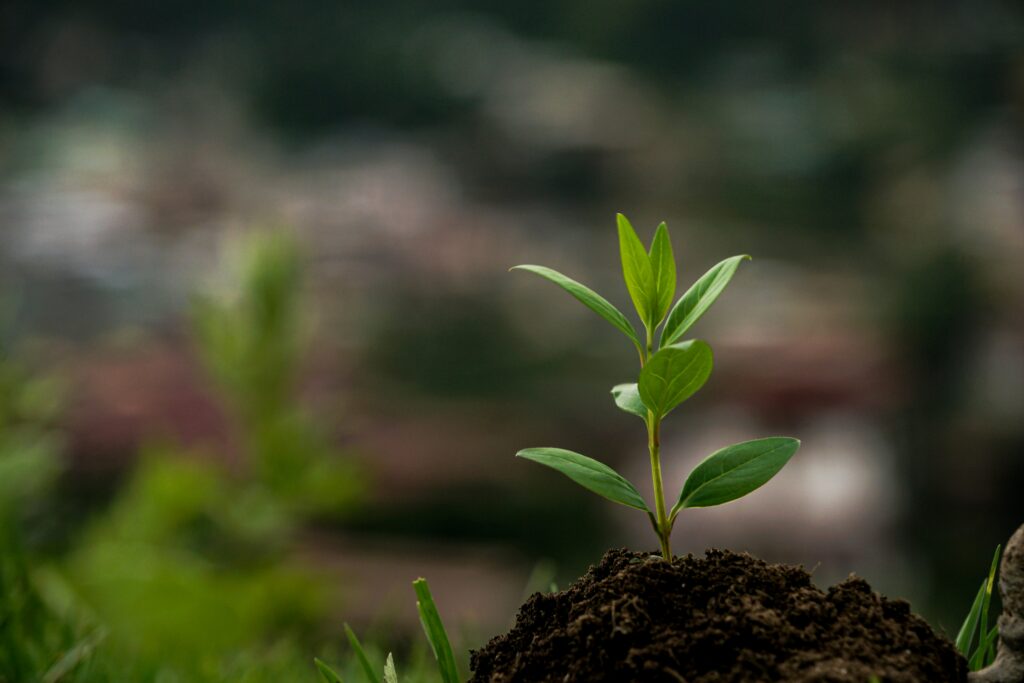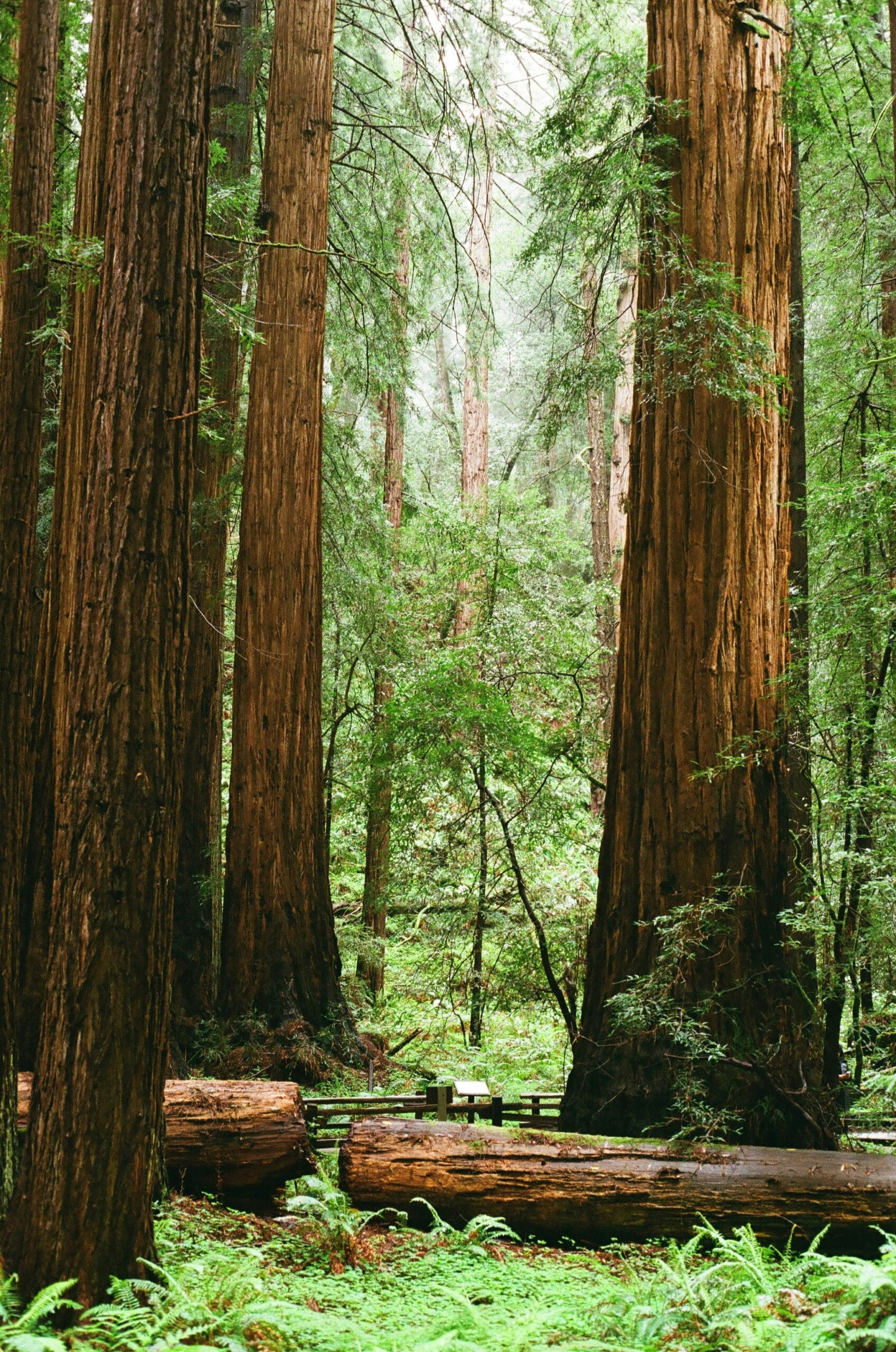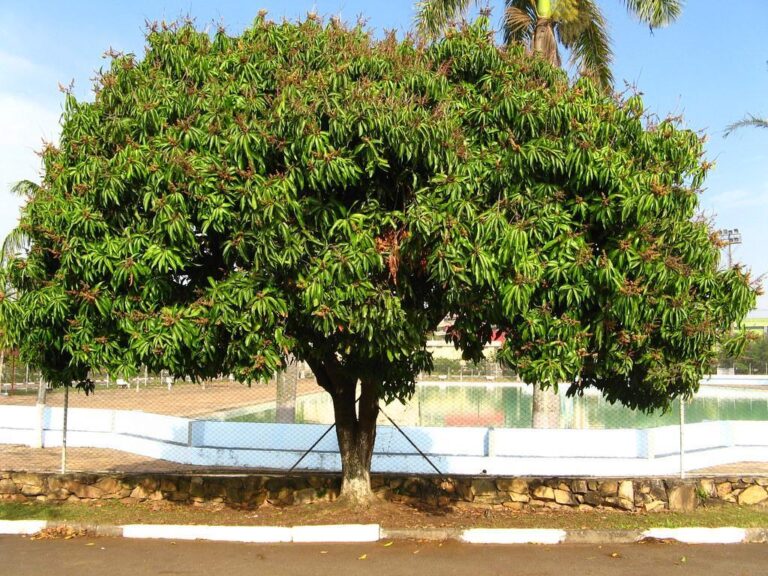How to Grow The Majestic Redwood Tree: Nature’s Towering Wonder
Do you think gold will grow like a tree? Look at the redwood tree.
If you’ve ever stood at the base of a redwood tree, you know the feeling—it’s like staring up at a skyscraper made of living wood. These giants make us feel small in the best way possible. Redwoods don’t just grow; they endure. Some have stood for over 2,000 years, silently witnessing the rise and fall of empires, the birth of languages, and the warming and cooling of Earth.
But how do these gentle giants grow so tall? Why are they important? And can you grow one too? Let’s explore the full story of the incredible redwood tree.
Scientific Name & Family Tree
Redwoods belong to the Cupressaceae family (the cypress family) and are part of the conifer group—meaning they bear cones.
Three Main Species of Redwood:
- Coast Redwood (Sequoia sempervirens)
- Tallest trees on Earth, reaching up to 379 feet (115 m)
- Native to the foggy Pacific coasts of California and Oregon
- Giant Sequoia (Sequoiadendron giganteum)
- Heaviest tree by volume
- Found in the Sierra Nevada mountains of California
- Can live over 3,200 years
- Dawn Redwood (Metasequoia glyptostroboides)
- A deciduous redwood (sheds leaves in winter)
- Rediscovered in China in 1941—once thought extinct!
- Ideal for home planting
A Glimpse Into Their Origin
Redwoods are survivors from a prehistoric world. Fossils show redwoods grew across North America, Europe, and Asia over 100 million years ago. Climate change and glacial periods eventually limited them to small regions, making today’s forests relics of ancient ecosystems.
Rediscovery of the Dawn Redwood
In 1941, a Chinese botanist stumbled upon an unfamiliar tree species in a remote village—later identified as the long-lost Dawn Redwood. It was like finding a live dinosaur.

Benefits of Redwood Trees
Redwoods do more than just look majestic. They play a massive role in balancing our planet.
Environmental Benefits
- Carbon Sequestration: A single coast redwood can store 250 tons of carbon—more than any other tree species.
- Fog Drip: Coast redwoods “drink” from the fog—absorbing moisture through their needles and releasing it to the forest floor.
- Fire Resistance: Their bark can be over 1 foot thick, naturally resistant to fire and insects.
- Wildlife Sanctuary: Redwoods host owls, bears, banana slugs, bats, and hundreds of other species.
Emotional & Cultural Value
- Mental Wellness: Walking in redwood groves can reduce cortisol and boost mood.
- Cultural Heritage: Indigenous peoples, like the Yurok and Tolowa, consider redwoods sacred and use them respectfully for canoes, homes, and ceremonies.
Redwood Tree Facts (Quick Glance)
| Trait | Details |
|---|---|
| Height | Up to 379 feet (115 m) |
| Lifespan | Over 2,000–3,000 years |
| Growth Rate | Fast – 2 to 5 feet/year |
| Climate | Cool, moist, coastal or mountain climates |
| Soil | Moist, slightly acidic, well-drained |
| Scientific Genus | Sequoia, Sequoiadendron, Metasequoia |

How to Grow and Plant a Redwood Tree in Your Own Garden
Growing a redwood in your backyard is like planting a future forest. With the right care, even a small redwood can become a towering, beautiful part of your landscape. Here’s how you can do it:
Option 1: Growing From Seed
Growing from seed takes patience, but it’s rewarding. You’re starting from nature’s very beginning.
What You’ll Need:
- Fresh redwood seeds (Dawn redwood is best for gardens)
- Clean water
- Paper towel or sphagnum moss
- Plastic bag or container
- Seedling tray or small pots
- Well-draining soil (slightly acidic)
- Spray bottle or watering can
Step-by-Step Guide:
1. Cold Stratification (Mimicking Winter)
To awaken the seeds, simulate winter:
- Soak seeds in water for 24 hours.
- Wrap them in a damp paper towel or moss.
- Place in a plastic bag and refrigerate at 4–6°C for 4–6 weeks.
This process breaks the seed’s dormancy and boosts germination rates.
2. Planting the Seeds
After stratification:
- Fill pots or seedling trays with moist seed-starting mix.
- Plant each seed just ¼ inch deep.
- Lightly water to settle the soil.
3. Provide Light & Warmth
- Place in a warm spot with indirect sunlight.
- Keep soil moist (but not soaked) using a spray bottle.
4. Germination
- Seeds take 10–30 days to sprout.
- Once 2–3 inches tall, move seedlings to larger pots or your garden.
Tips for you :-
- Not all seeds will sprout—germination rate is 10–20%.
- Use biodegradable pots for easy transplanting.
Option 2: Planting a Young Sapling (Recommended)
Buying a sapling from a nursery is much easier and faster.
What You’ll Need:
- 1–3-year-old redwood sapling (preferably Metasequoia glyptostroboides – Dawn Redwood)
- Shovel
- Mulch (bark or wood chips)
- Organic compost (optional)
- Watering can or hose
Step-by-Step Guide:
1. Choose the Right Spot
- Full sun is best (6+ hours daily).
- Pick an open space—redwoods grow very tall and wide.
- Avoid planting too close to buildings, sidewalks, or septic systems.
2. Prepare the Soil
- Redwoods prefer loamy, well-drained, slightly acidic soil.
- Dig a hole twice the width and the same depth as the root ball.
- Mix in compost for nutrient boost.
3. Plant the Sapling
- Gently remove the sapling from its pot.
- Place in the hole with the root crown just above ground level.
- Fill with soil and lightly press to remove air pockets.
4. Water Deeply
- Give a slow, deep watering immediately after planting.
- Water 2–3 times a week for the first 6 months (more in hot weather).
5. Mulch Around the Base
- Add a 2–3 inch layer of organic mulch around the base (keep away from trunk).
- This helps retain moisture, cool roots, and prevent weeds.
Ongoing Care & Maintenance
Watering:
- Keep soil evenly moist, especially for the first 2–3 years.
- Mature redwoods are drought-tolerant, but young trees need regular watering.
Pruning:
- Prune dead or weak branches in winter.
- Don’t prune the top leader—this guides vertical growth.
Fertilizing:
- Usually not needed, but you can use a balanced slow-release fertilizer in early spring if growth seems slow.
Protection:
- Use a tree guard or fencing if deer or animals are common in your area.
- Stake young saplings if your area is windy.
Best Redwood for Backyard Garden:
| Species | Backyard Friendly? | Notes |
|---|---|---|
| Dawn Redwood (Metasequoia) | ✅ Yes | Deciduous, fast-growing, good for landscapes |
| Coast Redwood (Sequoia sempervirens) | ⚠️ Needs space | Needs foggy/humid climate |
| Giant Sequoia (Sequoiadendron giganteum) | ⚠️ Limited | Too large for most yards |
Redwoods in Culture & Mythology
Redwoods have long symbolized
- Strength & Longevity: Withstanding fires, storms, and time itself
- Wisdom: Some native legends say the trees are ancient watchers, carrying memories of the Earth
- Unity: Redwoods grow in circles (called “fairy rings”) from the same root—reminding us of family and connection







